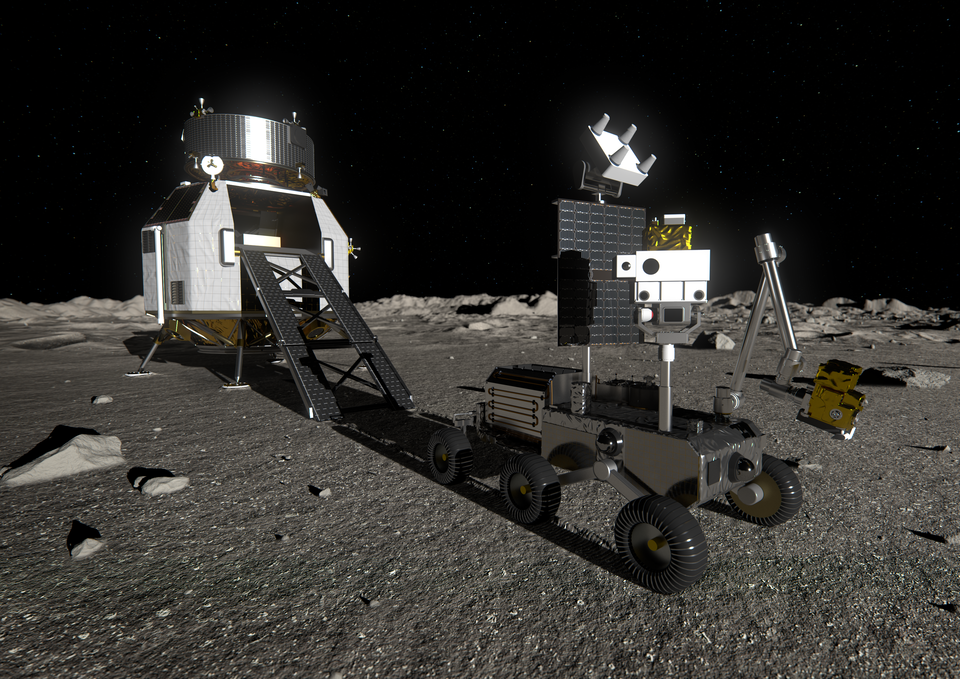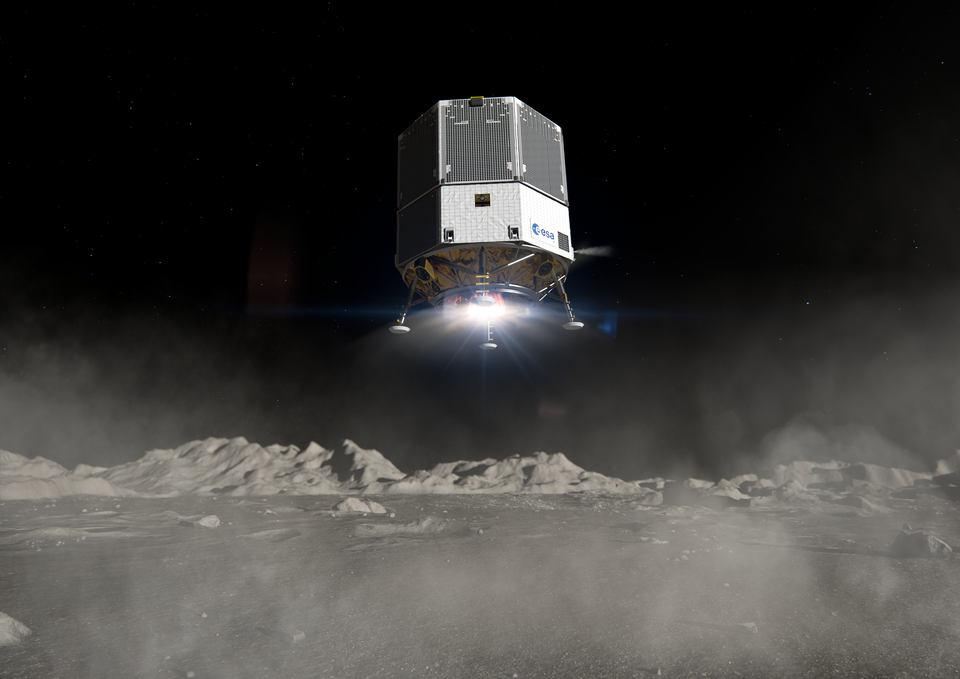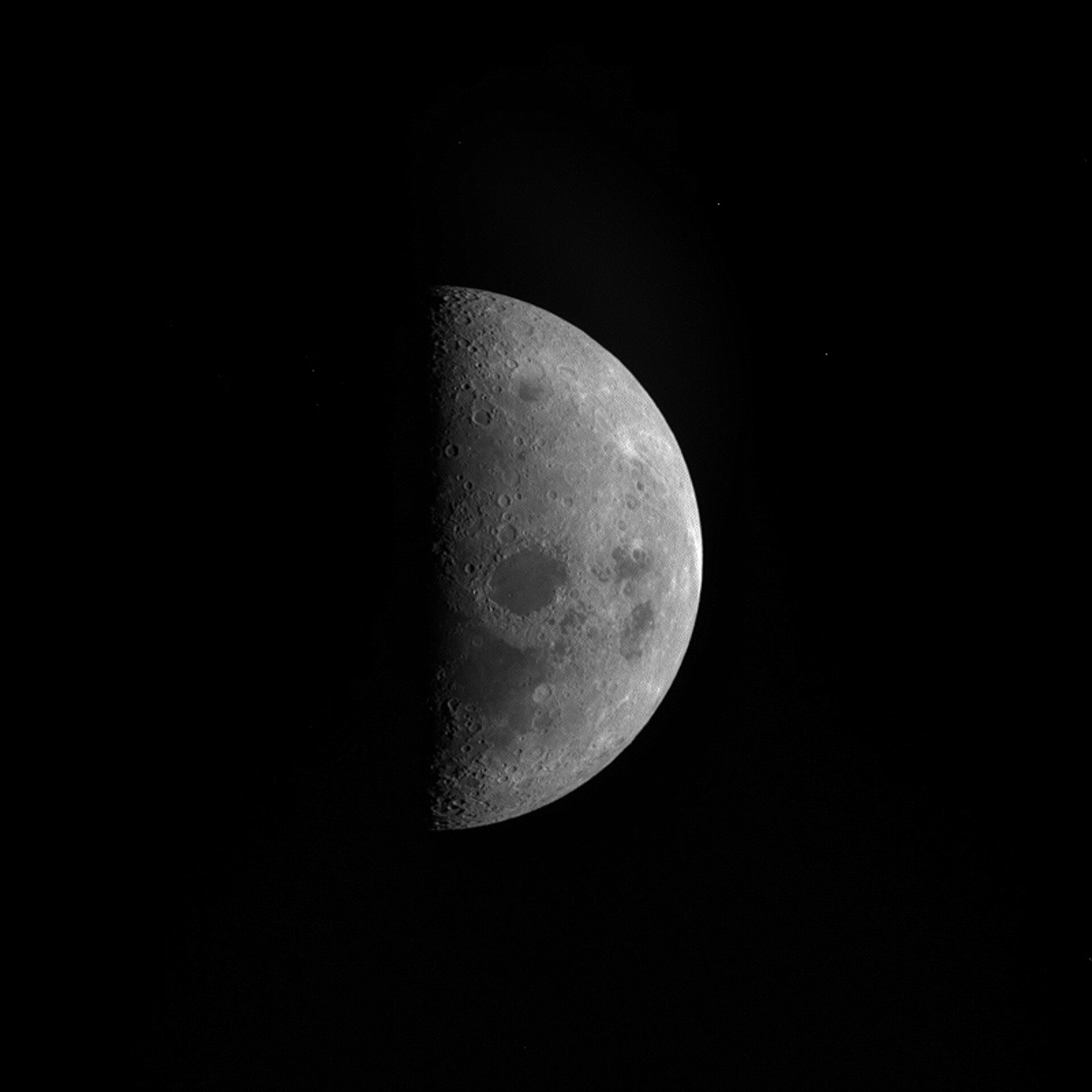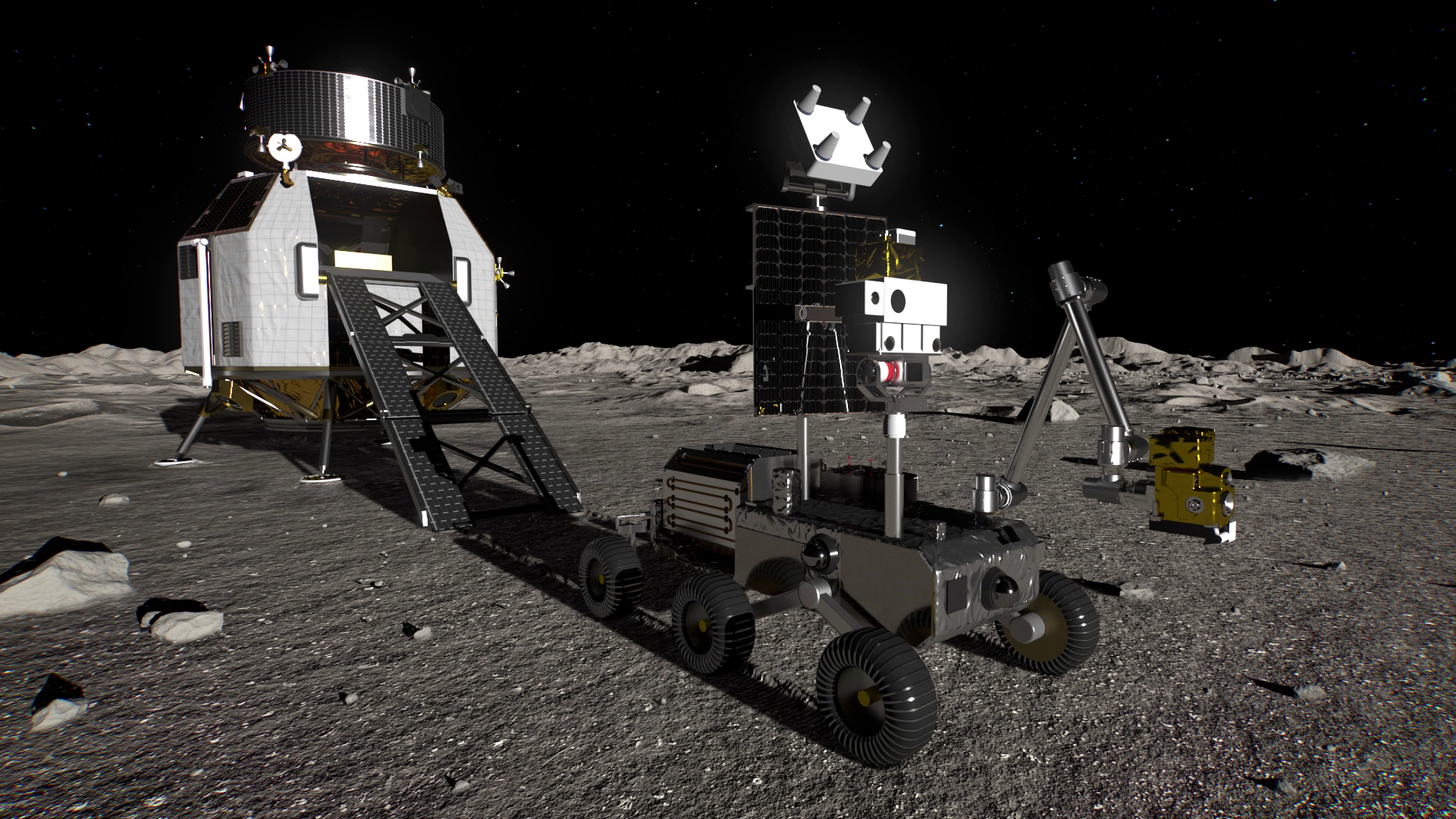Helping Heracles EL3 to survive the long, cold, dark nights on the Moon
ESA has kicked off an activity with Prototec – a NORCE company – and its partners Airbus and Air Liquide to develop alternative technologies for surviving the lunar night

When the European Large Logistic Lander (EL3) lands on the Moon, some of its cargo might require to survive the lunar night that lasts up to two weeks on Earth.
A sample return mission, the original mission for the Heracles scenario, would require camping out for at least two nights: a full day-night-day-night-day cycle, which takes 70 Earth days because of the approximately 28 days it take for the Moon to do a full rotation of its axis. The sample collection rover is planned to continue operating for a whole Earth year – 12 Moon day-night cycles – to prospect lunar resources and perform surface science.
Different technologies exist to address the problem and ESA is interested in considering all viable options, of which regenerative fuel cell technology is a very promising one. The fuel cells would convert water into hydrogen and oxygen using electricity generated by solar arrays. When night falls, hydrogen and oxygen would be recombined to turn the reactants back into energy and water.

The Heracles EL3 programme is set on establishing a European lunar cargo landing capability based on Ariane 64. It will allow for two kinds of missions: scientifically-driven missions such as returning well-preserved and well-characterised samples from unexplored and inaccessible lunar regions, or delivering cargo to support human missions on NASA’s Artemis programme. The missions of Heracles EL3 should be ready by 2027 to fit properly into the plans of ESA’s international partners.
The Heracles EL3 system should be capable of delivering up to 1700 kg of cargo to the Moon as a cargo mission, or retrieve 15 kg of precious samples from the surface and bring them back to Earth for analysis by European scientists in its sample-return configuration.
Prototec and partners will perform a preliminary design and requirement specification for a fuel-cell based night survival system based on requirements formulated in the frame of the Heracles EL3 sample return scenario.



